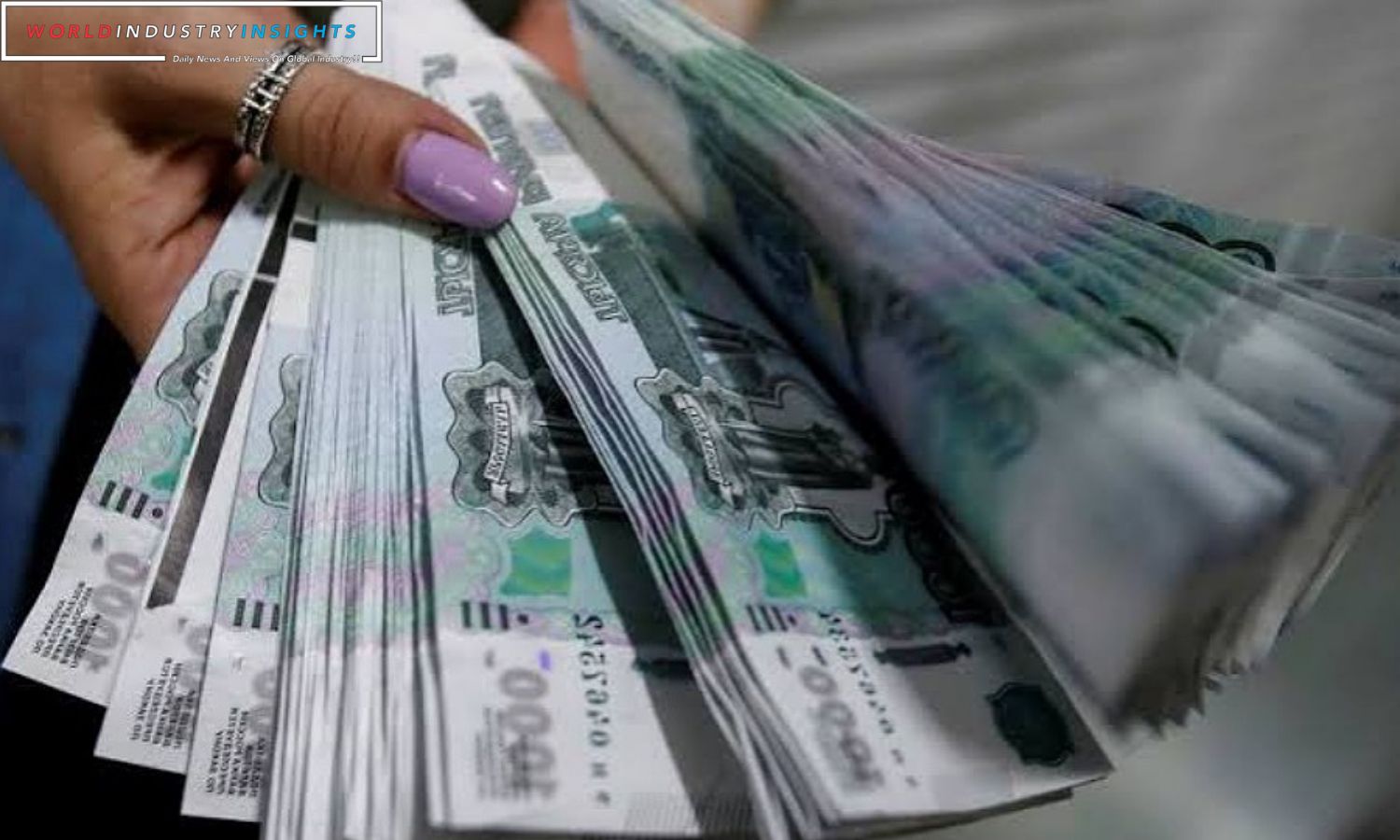Russian Ruble Wild Ride: The Russian ruble had quite the rollercoaster ride today, reaching a three-month high against the dollar before stepping back. It’s like a high-stakes game of tug-of-war, with high interest rates giving it a boost, but the looming month-end currency sales putting on the pressure.
At the time of writing, the ruble is down 0.5% against the dollar, sitting at 93.28. But earlier, it had flexed its muscles and hit 91.6225, the highest level we’ve seen since August 1st. It also dipped 0.3% against the euro and 0.5% against the yuan.
What’s the backdrop to this drama? Well, the Bank of Russia cranked up interest rates by a hefty 200 basis points, taking them to 15%. This move surprised many and marked the fourth time in a row that they’ve jacked up the cost of borrowing. The aim? To try to rein in the ruble’s weakness, grapple with stubborn inflation, and keep a lid on soaring government spending.
This aggressive rate hike seems to be putting the brakes on consumer demand, and exporters aren’t as eager to get their hands on dollars and yuan. But it’s not all smooth sailing for the ruble.
You see, even though we’re in the throes of month-end tax payments, which usually result in exporters converting foreign currency to meet their local obligations, the ruble isn’t getting as much of a boost as it usually does.
Also Read: Russian Ruble Plunge Sends Shockwaves: Causes, Concerns, and Economic Outlook
There’s something else at play here too: President Putin‘s decree, which kicked in earlier this month, demanding that 43 groups of exporters repatriate 80% of their foreign exchange revenue and then sell 90% of that sum. It’s like a lifeline for the ruble, and it’s worked its magic. The ruble has strengthened from beyond 100 to the dollar since the decree was announced.
And there’s more. The Financial Times has reported that Russia is quietly introducing some effective capital controls, which apply to Western companies selling their operations in Russia. These controls come with caps and deadlines on foreign currency transactions, and guess who’s the winner here? The ruble.
In the world of commodities, Brent crude oil, which serves as a global benchmark for Russia’s major export, was up 0.7%, dancing at $88.02 a barrel.
However, Russian stock indexes aren’t perfect. The dollar-denominated RTS index fell 1.4% to 1,079.1 points, and the rouble-based MOEX Russian index fell 1% to 3,195.7 points.
It seems like the ruble and Russian markets are keeping everyone on their toes.
Our Reader’s Queries
Why did the Russian ruble go up in value?
The trade account and net foreign purchases of overseas assets had opposing effects on the currency’s value. However, the imposition of Western sanctions and central bank capital controls eliminated the downward pressure, leading to the appreciation of the Russian currency.
Is the Russian Central Bank buying rubles?
Next year, Russia’s central bank plans to resume buying and selling foreign currency through its sovereign wealth fund. This move comes as the ruble continues to recover from a significant drop during the summer.
Why is Russia currency falling?
The Ruble’s decline can be attributed to Russia’s reduced exports, particularly in oil and natural gas, resulting in decreased revenue. Additionally, the country’s increased imports have led to a rise in the selling of rubles for foreign currencies such as dollars or euros by individuals and companies importing goods to Russia.


